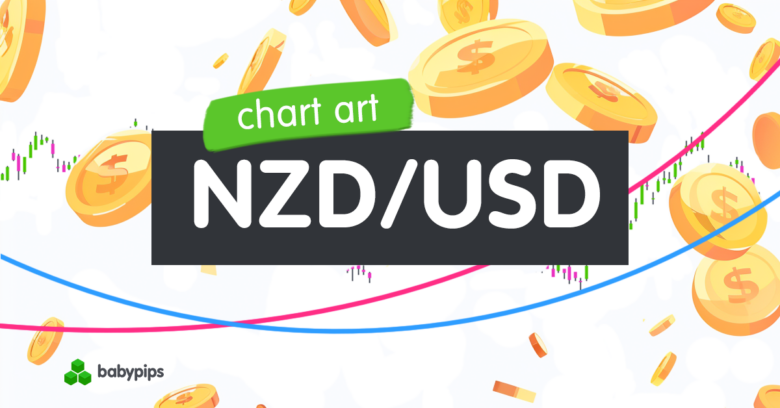NZD/USD is forming a new trend channel with its higher lows and higher highs over the past couple of months.
Is it due for another test of support soon?
NZD/USD 4-hour Forex Chart by TradingView
This Kiwi pair has been cruising higher since early May, driven mostly by lower expectations of further RBNZ easing and improvements in overall market sentiment.
Still, stronger than expected U.S. NFP data for June led to a sharp boost for the dollar late last week, dragging NZD/USD down from its channel resistance.
Can the pair find buyers at these correction levels?
Remember that directional biases and volatility conditions in market price are typically driven by fundamentals. If you haven’t yet done your homework on the U.S. dollar and the New Zealand dollar, then it’s time to check out the economic calendar and our FX Fundies Cheat Sheet!
Price is already dipping to the 38.2% Fibonacci retracement level near S1 (.6020) and the .6000 major psychological mark, potentially attracting Kiwi bulls that could lift the pair back up to the swing high near R1 (.6111) or higher.
A larger correction could still dip to the 50% Fib closer to the mid-channel area of interest or the 61.8% level in line with S2 (.5980), so look out for reversal candlesticks suggesting a bounce at these support zones.
The line in the sand for a bullish pullback appears to be the .5950 minor psychological mark around the channel bottom, as a break below this region could mark the start of a reversal, possibly taking NZD/USD down to S4 (.5880) then S5 (.5830) next.
Whichever bias you end up trading, don’t forget to practice proper risk management and stay aware of top-tier catalysts that could influence overall market sentiment.
Disclaimer:
Please be aware that the technical analysis content provided herein is for informational and educational purposes only. It should not be construed as trading advice or a suggestion of any specific directional bias. Technical analysis is just one aspect of a comprehensive trading strategy. The technical setups discussed are intended to highlight potential areas of interest that other traders may be observing. Ultimately, all trading decisions, risk management strategies, and their resulting outcomes are the sole responsibility of each individual trader. Please trade responsibly.

